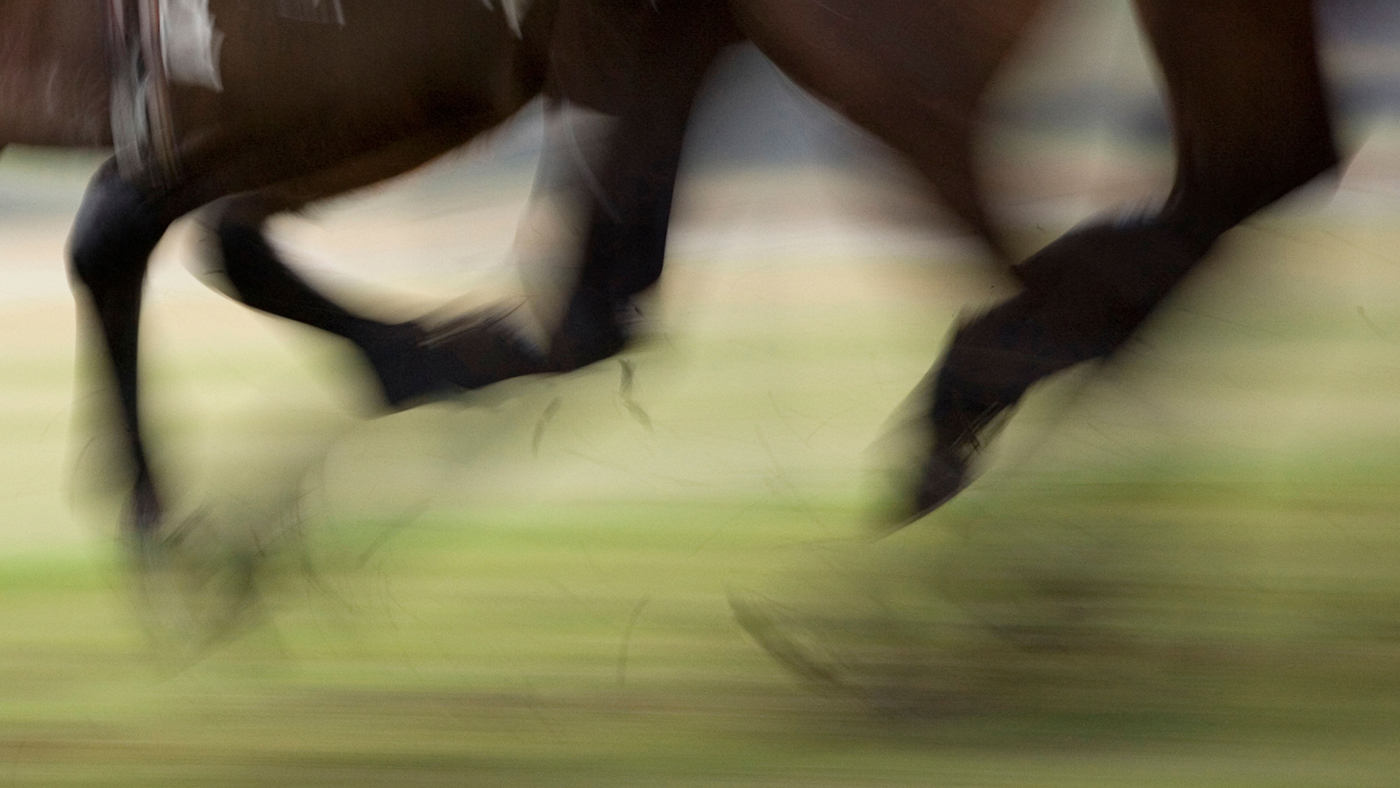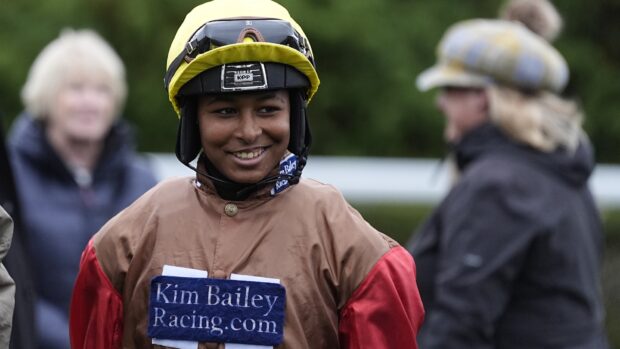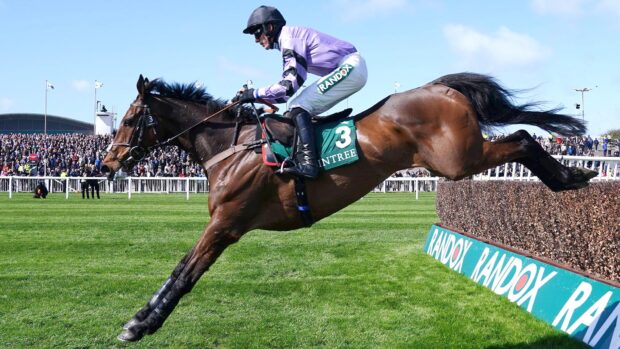Owners of the troubled Santa Anita racecourse have agreed to an enhanced safety review, after recording the 29th horse fatality at the track since December.
This week, California governor Gavin Newsom called for stronger measures to protect horse welfare at the venue as the tally of deaths continued to rise.
“Enough is enough,” Mr Newsom said, after three-year-old filly Trufallino died of a heart attack in the final stages of a race last Sunday (June 9). The horse’s death followed closely that of four-year-old Formal Dude, who had to be put to sleep after breaking down near the finish line the previous day.
Santa Anita Park, in Arcadia, just outside Los Angeles, has been the focus of international attention this season after logging a frightening tally of equine injuries and fatalities.
In March, after 21 deaths, racing was suspended at the track while the dirt surface was examined by experts.
New rules were brought in to tighten the use of medications, as well as to ban jockeys from using a whip other than for safety reasons, but after the park reopened on March 29, the losses continued.
On Tuesday (11 June), Mr Newsom said he “continued to be troubled” by the fatalities and called on the California Horse Racing Board (CHRB) to “ensure that no horse races until they are examined by independent veterinarians and found fit to compete”.
“As Santa Anita prepares to host the 2019 Breeders’ Cup in November, we must show the horse racing world that California puts safety first,” he said.
The CHRB has issued a statement confirming that “in response to Gov Newsom’s direction”, it is “working closely” with the park’s owners the Stronach Group to “implement enhanced safety measures and reviews to further protect horses at Santa Anita”.
Use of drugs that can mask injuries have been flagged as a possible cause of the high rate of fatalities — racing in the US has more lenient rules than in the UK and lacks any unified regulatory protection.
In response, the CHRB said a five-member team — led by CHRB equine medical director Dr Rick Arthur, DVM, and chief steward Darrel McHargue — will now provide additional reviews of horses’ medical, training and racing history before they are permitted to run.
“Specifically, the horse safety review team will use a new, comprehensive evaluation rubric to determine if each individual horse is at elevated risk of injury before racing,” the statement said. “These criteria will include any history on the veterinarian’s list and steward’s list as well as any medical history, race history, and physical observations of the horse.
Continues below…

Trump stops rule to save Tennessee walking horses from soring
'Bureaucratic bungling' has meant the rule change has been put on hold by the White House

‘Horses keep dying’: Palio campaigners step up efforts after horrific fatal accident *warning: very distressing video*
A young horse suffered a catastrophic injury during the race this year

Subscribe to Horse & Hound magazine today – and enjoy unlimited website access all year round
“Importantly, under the new protocols, every member of the review team must agree that the horse is not at elevated risk of injury in order to clear a horse to race. One dissenting member of the review team can prevent a horse from racing.”
The Stronach Group president and chair Belinda Stronach said horse and rider safety remains the company’s “top priority” at Santa Anita.
“We remain steadfast in our commitment to making California horse racing the safest and best in the world,” she said.
“We look forward to working with Governor Newsom and the California Horse Racing Board as they implement this additional layer of review through the end of our current meet.”
The situation at Santa Anita has sparked a push for regulatory change in the US. In March, The Horse Racing Intergrity Act 2019 was introduced before Congress, calling for the introduction of an independent Horseracing Anti-doping and Medication Control Authority.
Mr Newsom is also among those backing state senate bill 469, which would give the CHRB the powers to immediately suspend a track’s license to protect the safety of horses or riders.
For all the latest news analysis, competition reports, interviews, features and much more, don’t miss Horse & Hound magazine, on sale every Thursday.




